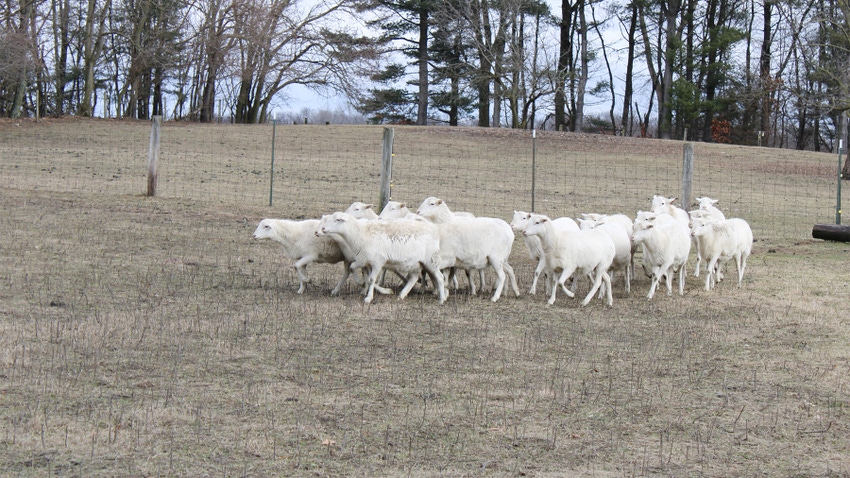February 26, 2024

There will be an unlikely resident flocking to solar fields in northwestern Indiana: sheep. Landowners are collaborating with solar companies to get the most out of these solar projects through agrivoltaics — the use of land for both agriculture and solar energy generation.
Scott Fritz, Pulaski County, Ind., sees this as an avenue to continue tending to the land that he’s already cared for over the years.
“It’s our land,” Fritz says. “We still own the land. We might as well participate in taking care of it.”
Why sheep?
The grass seeded under solar panels needs to be maintained so it doesn’t compete with the panels for sunlight. This can be done with a mower or, as many are discovering, with livestock. The latter is better for the environment, Fritz says.
“If the world is transitioning away from burning hydrocarbons, why should we use hydrocarbons to mow the grass underneath the panels?” he asks.
Species selection was important to determine what would fare well in a mostly hands-off setting. Fritz explains that cattle and horses are too big, while goats could climb and chew on the panels and equipment. His personal criteria are much simpler.
“My criteria are they have to eat grass, and they have to be able to survive out in these fields year-round,” he explains.
The breed plays a large role, too. Fritz ruled out any wool breeds so the sheep wouldn’t have to be sheared yearly. Rather, he opted for the St. Croix breed, known for its lean build and hair that sheds.
“I’ve been in the solar fields, and I think the sheep are just going to thrive underneath the panels,” Fritz says. “It’s a combination of wind protection and rain protection and sun protection. These St. Croix are pretty hardy.”

ALL PREPARED: Mammoth Solar has already constructed a fence that will border the solar panels, making for a safe, enclosed field for the sheep.
Mammoth Solar, the developer of this project, works with a company that controls the vegetation in the solar fields. Fritz then communicates with that company to ensure the grass is controlled. Everyone is satisfied with using sheep.
“They’re ag-oriented, so they want to do it as naturally as possible,” Fritz explains. “If they have to use mowing or herbicides, they certainly can, but that’s not their first choice.”
There are no additional measures that Mammoth must take to make this happen. The company already has constructed a fence around the perimeter of the solar fields that will keep the sheep contained. Additionally, the panels will sit high enough that they won’t affect the sheep, and vice versa.
Fritz has total control over the sheep and how he wants to raise them. He can divide the field into paddocks to implement rotational grazing; he can pull them out of the field whenever he wants; he can set up his choice of a watering system; he can raise as many sheep as he wants; and he can ultimately market the sheep however he would like.
“It’s really not different than bringing a new crop on board,” Fritz says. “This is a way of diversifying and still using the assets that we have. We’re still using the sun.”
About the Author(s)
You May Also Like






